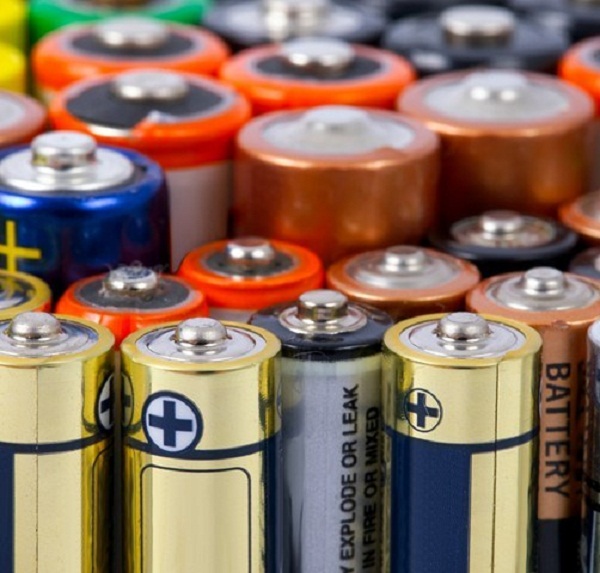High-performance batteries made from sodium, potassium and sustainably-sourced cellulose have been developed that could help to mitigate some of the environmental damage caused by lithium-ion batteries.
There are several problems associated with using lithium for these batteries, including build-up of the metal inside the devices which can lead to short circuits and overheating.
Alternatives to lithium, such as sodium and potassium batteries, have not historically performed as well because they can only be recharged a limited number of times. This inferior performance is due to the larger sizes of sodium and potassium ions, and their ability to move through the porous carbon electrodes in the batteries.
They are also difficult to dispose of once they are at the end of their useful lifespan which creates an environmental problem because they use unsustainable materials.
Lithium is typically mined in countries such as Chile, Bolivia and Argentina which is destructive to the nearby environment and associated with poor human rights records.
But researchers at the University of Bristol have developed some new carbon electrode materials based on an ice-templating system.
The performance of these new sodium and potassium ion batteries has been shown to outperform many other comparable systems, and uses a sustainably sourced material – cellulose.
Jing Wang, lead author of the study, said: “Benefiting from the renewability of the precursor and scalability at relatively low cost in the environmentally benign synthesis process, this work could offer an appealing route to promote large-scale applications of sustainable electric vehicles and large-scale energy storage grids in the near future.”
Corresponding author, professor Steve Eichhorn, said: “We were astounded with the performance of these new batteries. There is great potential to develop these further and to produce larger scaled devices with the technology.”
“In light of these findings, we now hope to collaborate with industries to develop this strategy on an industrial scale and to explore whether this unique technology can be easily extended to a variety of other energy storage systems such as zinc-, calcium-, aluminium- and magnesium-ion batteries, thus demonstrating its universal potential in next-generation energy storage systems.”
Source: E&T










